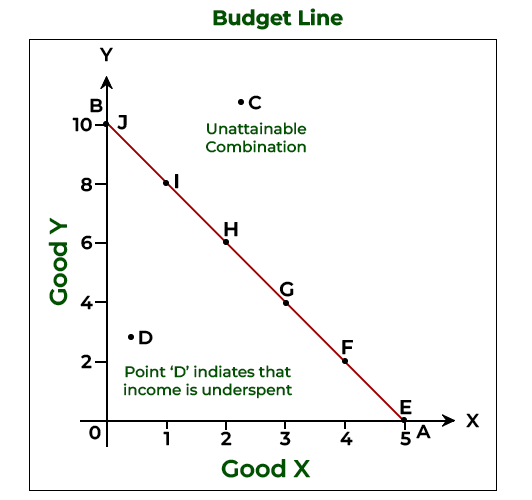Marginal Cost Approach
Marginal Cost (MC) refers to the change in the total cost that arises from producing one additional unit of a good or service. It is calculated by dividing the change in total cost by the change in quantity of output:
MC = ΔTC / ΔQ
Where:
- MC = Marginal Cost
- ΔTC = Change in Total Cost
- ΔQ = Change in Output (or Quantity)
In simple terms, MC represents how much extra it costs to produce one more unit of output.
Importance of Marginal Cost
Marginal cost is important for several reasons:
- Profit Maximization:
One of the primary uses of marginal cost is in profit maximization. A firm maximizes its profit when the marginal cost of producing an additional unit is equal to the marginal revenue (MR) it receives from selling that unit. This is known as the MR = MC rule.
- Production Decisions:
Firms can use marginal cost to decide how much of a product to produce. If the marginal cost of production is lower than the price at which the good can be sold, increasing production can be profitable. On the other hand, if the marginal cost is higher than the selling price, it may indicate that production should be reduced.
- Cost Control:
Understanding marginal cost helps firms manage their production processes efficiently. If marginal costs are increasing, it may signal that the firm is encountering inefficiencies or reaching a point where further production leads to higher costs.
Marginal Cost in the Short Run
In the short run, the marginal cost curve is typically U-shaped due to the law of diminishing returns. Initially, as output increases, marginal costs may decrease because of efficiencies in production. However, after a certain point, marginal costs begin to rise as the firm experiences diminishing marginal returns (i.e., each additional unit of output requires more and more resources to produce).
- Increasing Marginal Returns: When a firm is operating with excess capacity and can utilize its resources more efficiently, the marginal cost tends to fall with increasing output.
- Diminishing Marginal Returns: As production continues to expand, the firm may encounter congestion, over-utilization of resources, or less efficient inputs, causing the marginal cost to rise.
Marginal Cost and the Firm’s Supply Decision
Firms use the marginal cost curve to determine their supply decision in a competitive market. In the short run, the supply curve of a perfectly competitive firm is typically the upward-sloping portion of the marginal cost curve, above the average variable cost curve.
- Shutdown Point: If the price that the firm can sell its product for falls below the average variable cost (AVC), it would not be able to cover its variable costs, and the firm would shut down in the short run. The firm will continue to produce only if the price covers its average variable costs and the marginal cost of production.
Marginal Cost and Profit Maximization
Profit maximization occurs when a firm produces at the output level where Marginal Revenue (MR) equals Marginal Cost (MC). The Marginal Revenue (MR) is the additional revenue the firm earns by selling one more unit of output. For a perfectly competitive firm, marginal revenue is equal to the price of the product.
At the point where MR = MC, the firm maximizes its profit because any additional production beyond this point would result in marginal costs exceeding marginal revenue, leading to reduced profitability.
Example:
Consider a firm that produces widgets:
| Output (units) | Total Cost (₹) | Marginal Cost (₹) | Total Revenue (₹) | Marginal Revenue (₹) | Profit (₹) |
|---|---|---|---|---|---|
| 0 | 100 | – | 0 | – | -100 |
| 1 | 120 | 20 | 40 | 40 | -80 |
| 2 | 150 | 30 | 80 | 40 | -70 |
| 3 | 190 | 40 | 120 | 40 | -70 |
| 4 | 240 | 50 | 160 | 40 | -80 |
| 5 | 300 | 60 | 200 | 40 | -100 |
In this table, the firm maximizes its profit at the output level where marginal revenue (40) equals marginal cost (40), which is at 3 units of output.
Long-Run Marginal Cost
In the long run, all inputs are variable, and firms can adjust their production capacity. The long-run marginal cost (LRMC) reflects the additional cost incurred when increasing production by one unit, taking into account the flexibility in adjusting both fixed and variable inputs. LRMC generally exhibits economies and diseconomies of scale, where firms experience declining marginal costs up to a certain output level, after which marginal costs may rise due to inefficiencies.
Marginal Cost Curve and Market Supply Curve
In a perfectly competitive market, the market supply curve is derived from the aggregation of individual firms’ marginal cost curves. The market supply curve represents the total quantity of goods that all firms in the market are willing to supply at various price levels. Each firm will supply goods at prices that are above their marginal cost, as long as the price covers the marginal cost of production.

